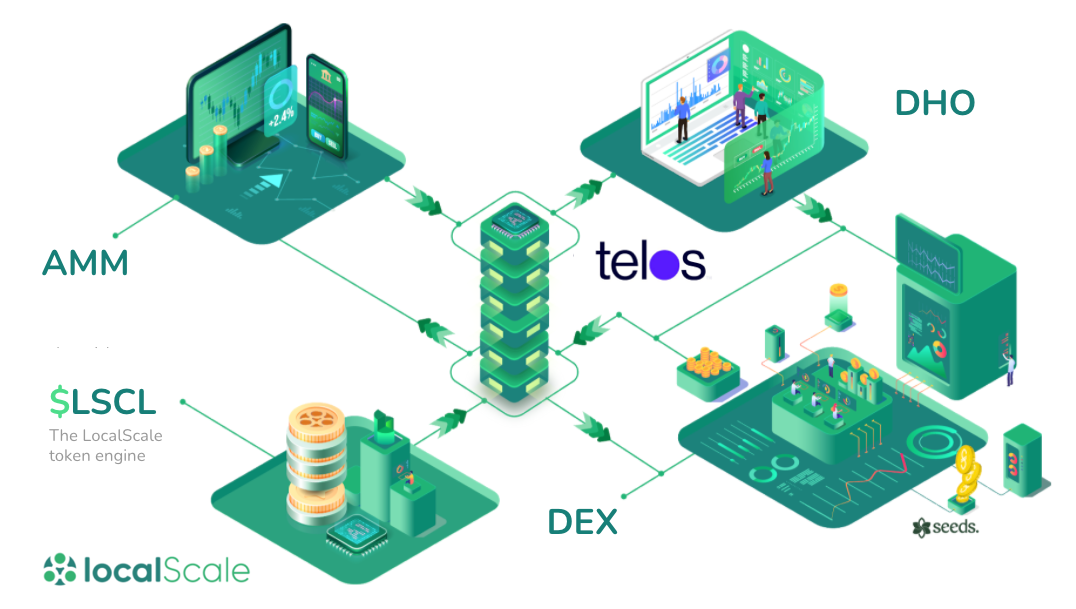Fostering Local Autonomy through Organic Seed Exchange
In the pursuit of sustainable agriculture, the role of diverse organic seeds is paramount. Emphasizing ecological balance, minimizing chemical inputs, and nurturing biodiversity, the preservation and exchange of diverse seeds are crucial for fostering local autonomy and ensuring long-term agricultural resilience. This blog post delves into the importance of seed diversity and how a seed-exchange system can empower communities to maintain their seed sovereignty.
- 2025-10-09 06:58:24.0
- 1105
- Organic Seeds, Seed Exchange


















